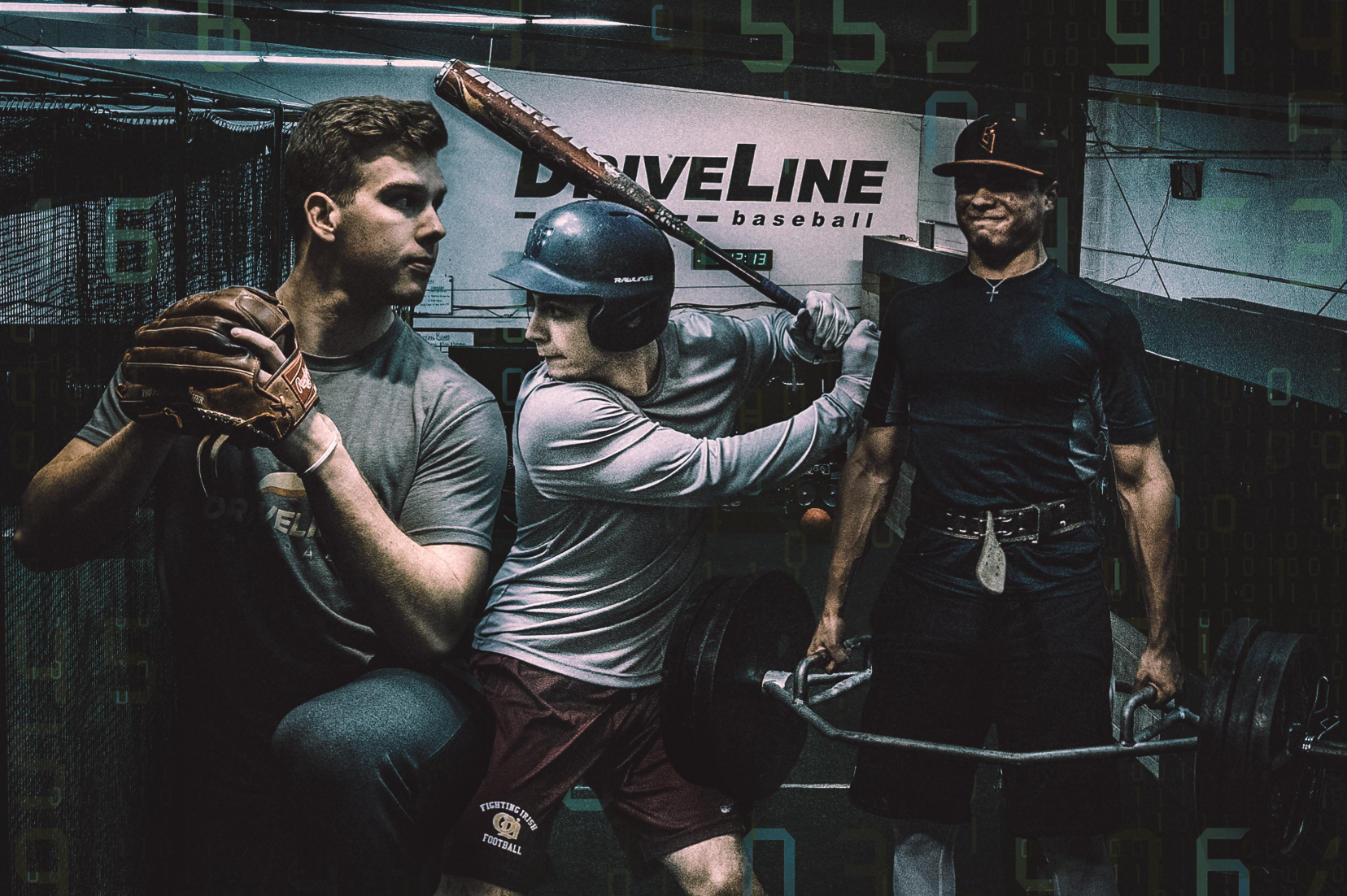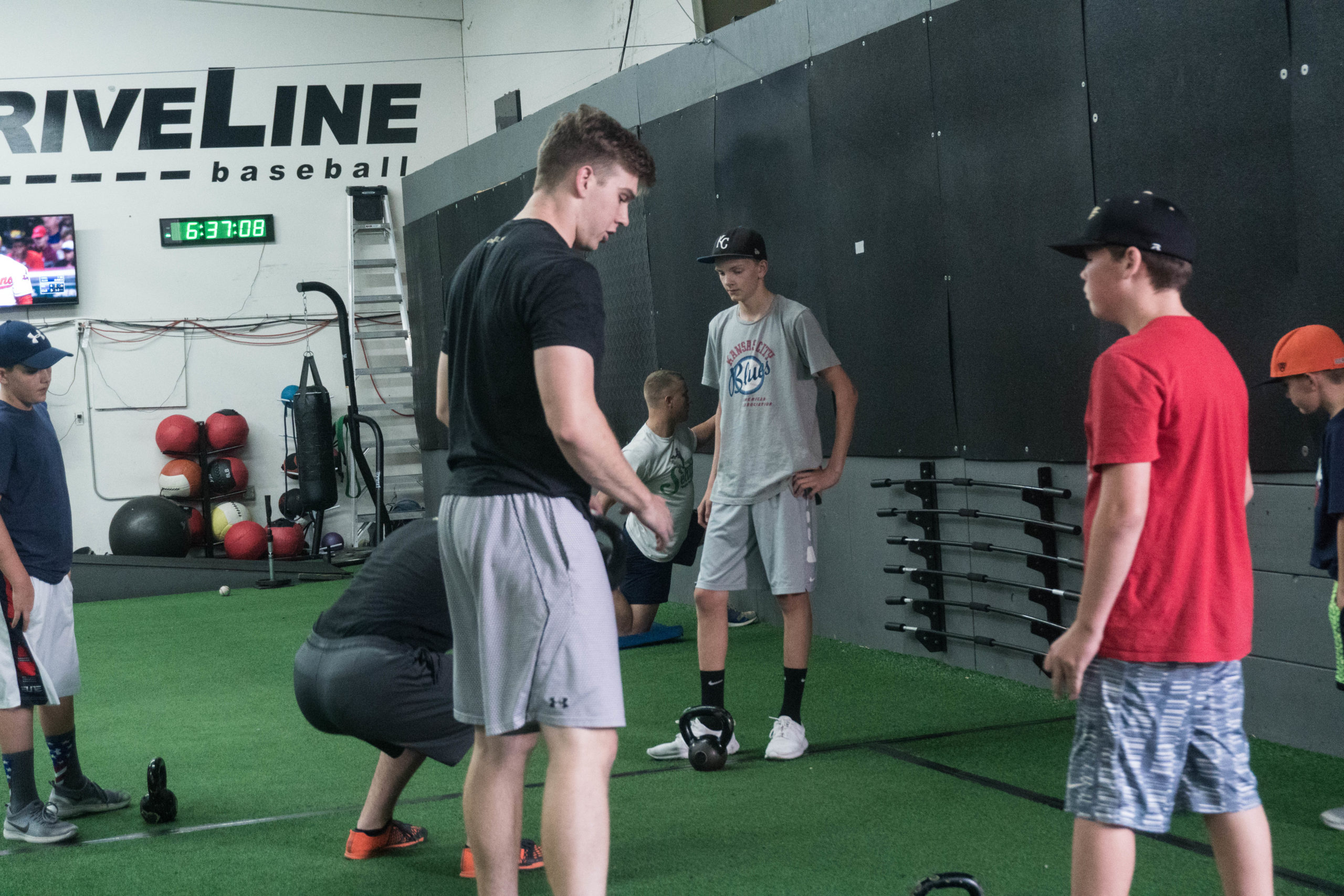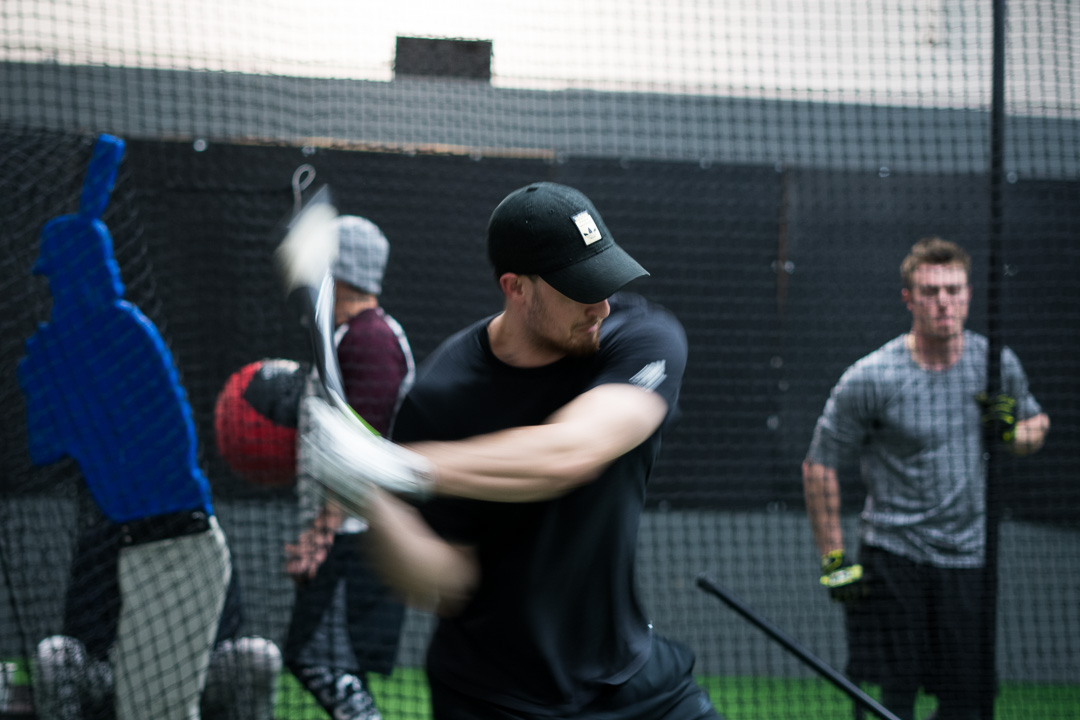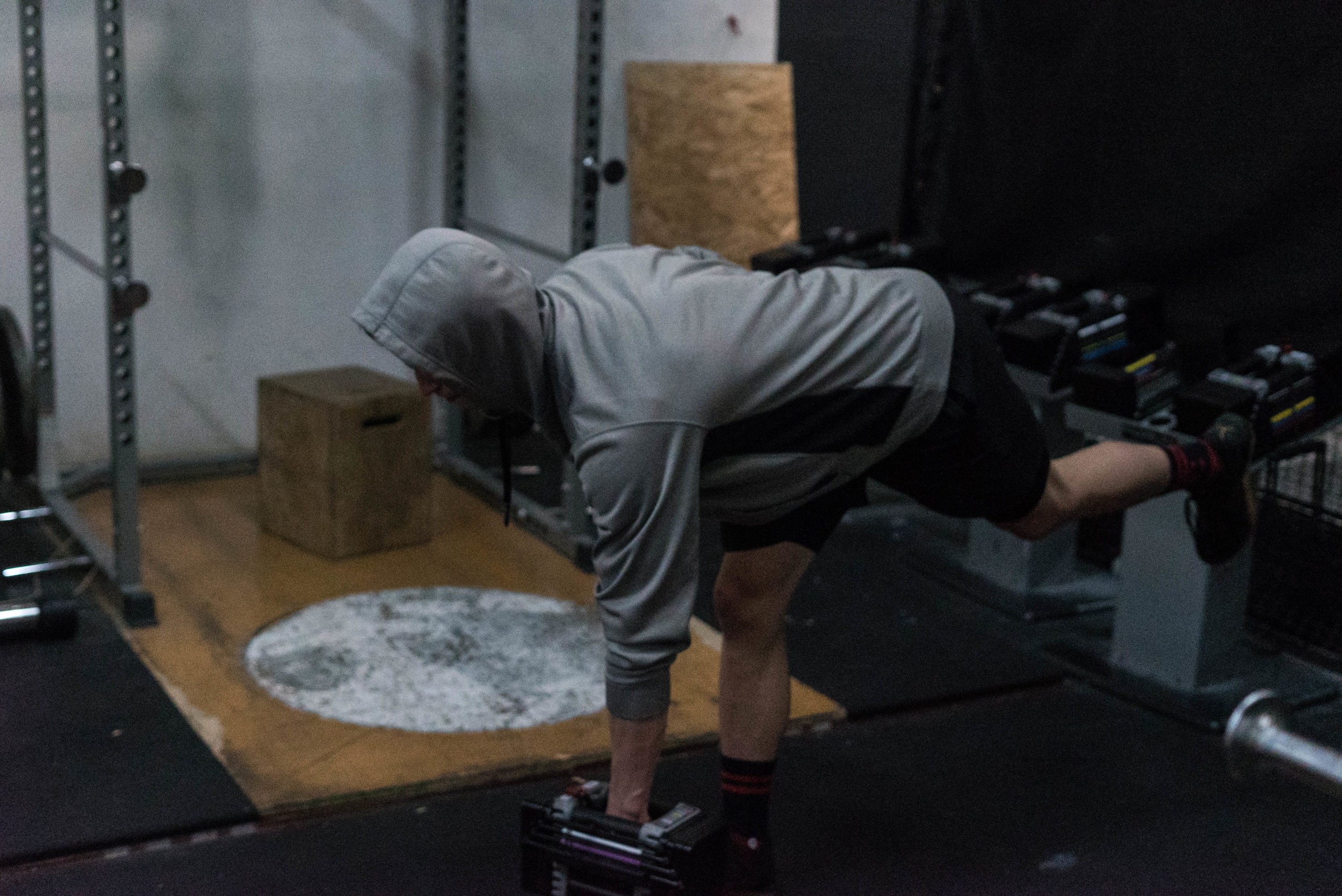Two-Way Athletes and Considerations for Long-Term Health

According to the Paul Haggen at MLB.com, baseball and softball are the most participated in team sports for youth athletes, with over a combined 25 million participants in 2016 (Haggen 2017). Not only that, but baseball participation has increased 7.7% in 2016 (Haggen 2017). It’s great to see so many young athletes taking part in the game we all love and the sport beginning to offer more opportunities for youths to play. However, an aspect of the youth game often unaccounted for in an athlete’s treatment and development, is the two-way player.
Now, we are primarily talking about youth two-way athletes, but this has credence for the high school and collegiate player as well. Two-way players, are an integral part of the youth game. Often, rosters are limited and games and tournaments abound, which can make developing youth players a unique challenge. Everyone needs to be able to pitch and play the field so the team can compete, and playing multiple positions also helps aid skill development by granting opportunities for athletes to develop at multiple positions.
However, the downside to this is that training economy for youth athletes is often overlooked. Pitch counts and inning limits (on the mound) are instituted in many leagues to help curtail the rise in arm injuries, but there’s very little control over innings played in the field or other measures of workload. There are even horror stories of youth athletes playing as many as 120 games in a calendar year—which is only 20-games less than what a AAA team plays in the regular season and twice as many as most D1 baseball teams.
Admittedly, a 120 games is not the norm for most youth athletes; regardless, there are many things we need to consider when playing and training them.
Practice and Game Scheduling
Since we’ve already mentioned the absurdity of some youth schedules, we’ll begin with scheduling and how it affects the two-way athlete. From a macro look at the schedule, playing year-round has its benefits and drawbacks.
- From a benefits standpoint, if an athlete wants to get better at something, he needs to do it. So, playing can help improve skill level and competency within the sport. Though, it’s not that straightforward, as you’re more likely to see improvements by good training & practice than more games.
- However, one study found that up to 74% of youth baseball players, listed as ages 8-18, play with some degree of arm pain and 23% reported injuries that are typically seen with overuse (Melugin et al. 2018).
Now, we do not want to open the debate of early sport specialization (youth players should try to play multiple sports), but we do want to illustrate concerns about youth athletes’ health based around playing time and training economy. This is an even greater concern for two-way athletes because of the increased workload placed upon them.
It’s easy to lose sight of the volume of work placed upon these athletes throughout the course of a season. They play just as many games as their peers, but two-way athletes have a higher workload: high-intent throws when pitching and when playing the field, as well as higher volumes of rotation since they’re throwing more and swinging on top of that. At practice, they throw bullpens, shag, run bases, do fielding drills and take bp. There’s just far more work being placed upon two-way athletes that is not always being accounted for. This increase in workload can lead to an increased risk of injury.
Rotational Injuries
Of the injuries youth athletes face, elbow and shoulder complications are fairly well documented, but rotational ones are less talked about. For more on that, our in-house physical therapist, Terry Phillips, has written about the prevalence of stress injuries to the lower back in rotational sports.
The key points to highlight though are that repeated rotation is linked to lumbar-stress injuries and any injury to that area can cause inhibition to the muscular system, resulting in a drop in performance. Drops in performance are clearly bad, but what’s worse is working an athlete to the point of having a stress reaction or stress fracture to the lumbar spine, which is something that potentially can be career ending.
So, if too much rotation can lead to lumbar issues, then that is important to consider with our focus here on two-way athletes. They’re often the ones rotating more than anyone else on the field with the amount of throwing and hitting they do. As coaches, we need to be cognizant of this fact and adjust their schedules appropriately. They may need more time off or they may need to have specific days dedicated to each task in order to limit the amount of rotation we’re placing on their developing bodies.
Fatigue
Not only is the amount of rotation an issue for two-way players, but also the increased levels of fatigue they experience compared to other players can be problematic. Again, in most scenarios two-way athletes put in a significantly larger amount of work when compared to a position-specific athlete. We touched on training economy earlier, but this is a reminder that this work adds up, and those elevated levels of fatigue have been shown to affect pitching mechanics and increase an athlete’s risk of arm injury (Erickson et al. 2016).
The key here is to be proactive. Yes, often the best athletes are two-way players and they’re key to a team’s success, and while winning that 12u championship is a great memory for your athletes to have, this should not come at at the potential cost of their playing careers.
As coaches, we have to be smart about scheduling. If they’re two-way guys, give them a bit more downtime than a specialized-position player. They need it, and it’s the right move to reduce the risk of injury.
Strength Training
The last point to touch on is the importance of strength training for any youth athlete, regardless of whether they’re two way or not. There’s a persistent belief that youth strength training is bad for developing bodies, and many youth athletes don’t train for this reason.
Now, it’s ok to not do strength training at this age, but there are complicating factors. We’ve all seen the parents who think their kid is a D1 superstar or the next Bryce Harper at age 10. They’re living vicariously through their kids and forcing them to play a ton already, and training economy is stretched thin as is.
Remember how we talked about fatigue? Piling more on a greater workload only makes things worse. From an even simpler standpoint, there’s merit to just allowing your kid to play a sport and enjoy it rather than dedicating himself to training at a young age.
However, there’s also merit to a well-structured strength program for youth athletes—especially since the negative effects have been shown to be more myth than fact. The research on the topic has shown that the majority of injuries come from improper use of equipment, lack of supervision, inappropriate weight, or poor technique (Dahab 2009).
With proper structure, there are a lot of positive benefits to such training. Athletes already have to accelerate and absorb forces near to or over their body weight when they run, jump, sprint, swing, and throw. That’s a lot to be able to handle, and it’s a part of why we see some of the injuries that we previously talked about. Getting in the weight room can help young bodies be more prepared to handle those forces. It also helps balance their body out.
For the most part, baseball is a unilateral sport. We’re always rotating one way; we’re always striding one way when we throw a baseball. Over time, these repetitive movements bias certain functional adaptations. While this makes athletes better at performing them, we need to account for this over time, and strength training is a great way to get some of that balance back.
We should not be over exerting youth athletes in the weight room—we’re not going for maximal squats or deadlifts. We just want to begin practicing good movement patterns and working on laying a foundation that will keep them healthy and setup the rest of their career if they choose to pursue baseball past adolescence.
Closing Considerations
The main takeaway from this is that if you’re coaching two-way athletes, they absolutely must have more rest time. This is non-negotiable. If they’re out on the field everyday throwing, hitting, pitching, playing every inning of every game, and never taking more rest then any of the other athletes, you are putting them at increased risk of injury, regardless of how good or how developed you think they are. They’re still developing, and it’s honestly not worth risking a kid’s career to win a few more games as a middle schooler. Let’s face it, while it is fun at the time, those stats aren’t going to define him getting a college scholarship or drafted as a senior in high school.
This article was written by Director of High Performance Sam Briend
Works Cited
Paul Haggen. Baseball/softball most participated team sport. 2017. https://www.mlb.com/news/baseball-softball-most-participated-team-sport/c-230956600
Heath P. Melugin, Nels Leafblad, Christopher Camp, and Stan Conte. 2018 Injury Prevention in Baseball: from Youth to the Pros. https://www.ncbi.nlm.nih.gov/pmc/articles/PMC5825337/
Katherine Stabenow Dahab, Teri Metcalf McCambridge. 2009. Training in Children and Adolescents Raising the Bar for Young Athletes? https://www.ncbi.nlm.nih.gov/pmc/articles/PMC3445252/
BJ Erickson, R Sgori, PN Chambers, B Vignona, M Lesniak, CA Bush-Joseph, NN Verma, AA Romeo 2016 The Impact of Fatigue on Baseball Pitching Mechanics in Adolescent Male Pitchers https://www.ncbi.nlm.nih.gov/pubmed/26952088



Comment section